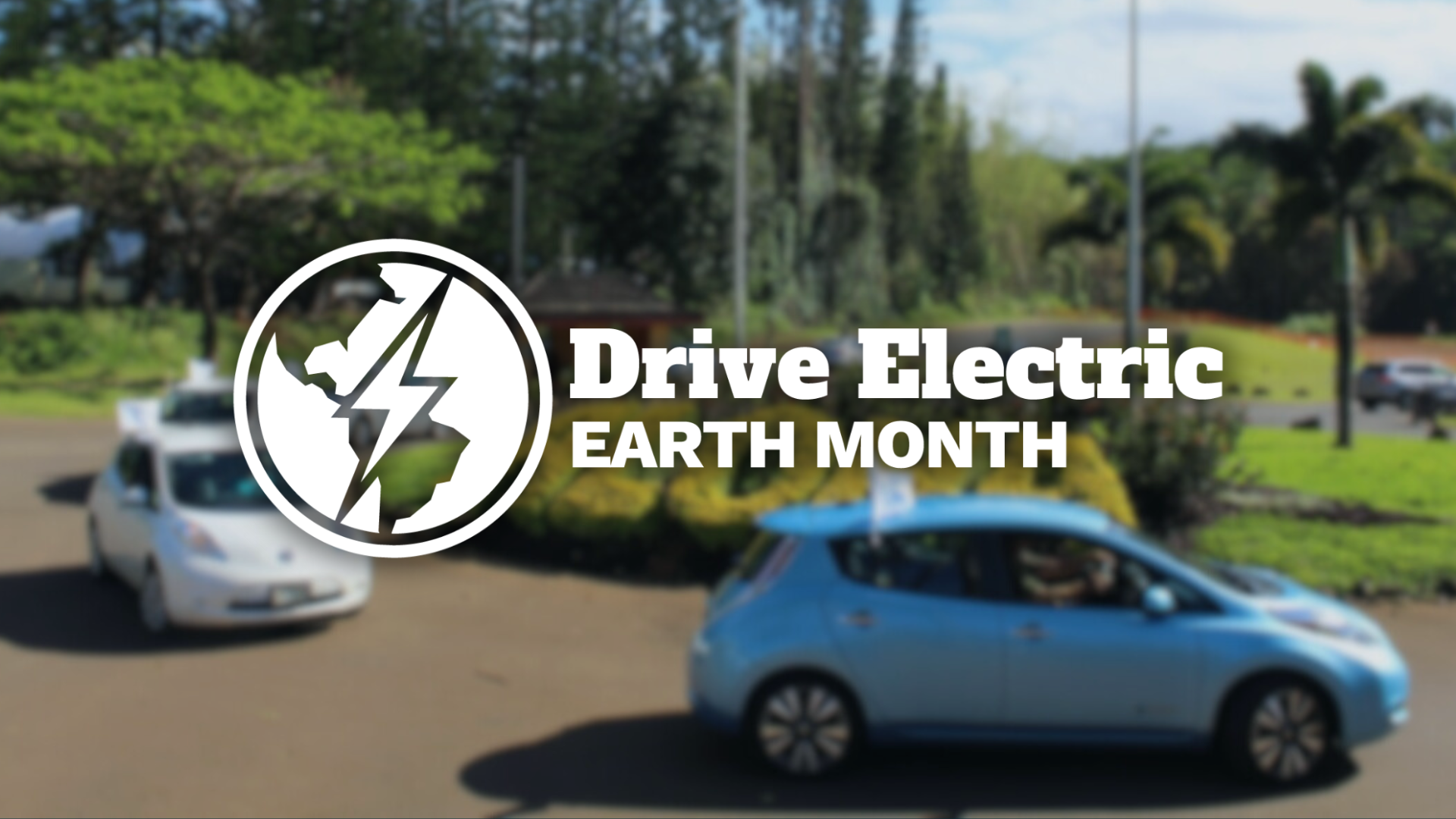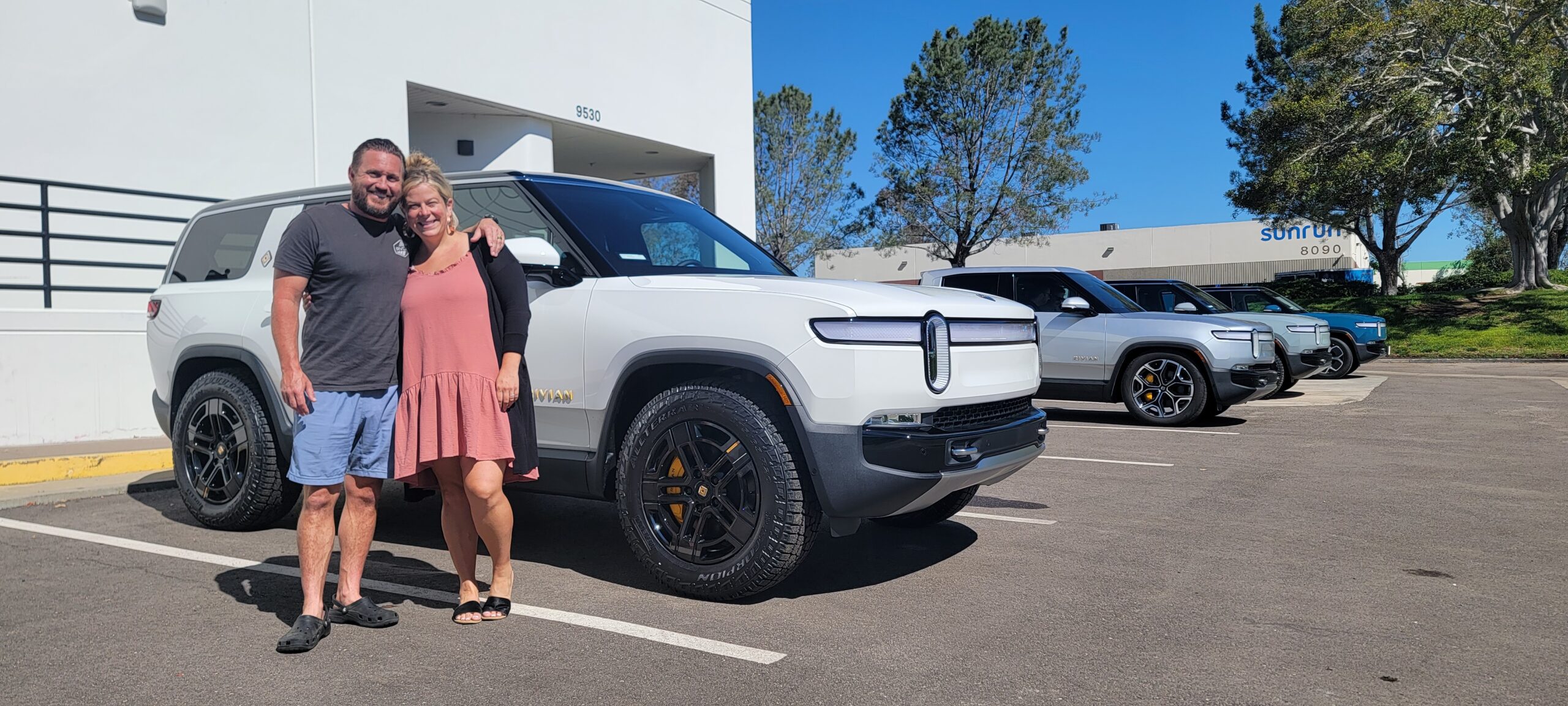For electric vehicles, 2021 has been the year America changed course—although we still haven’t traveled too far down that course. This has been the year that a lot of promises were made. We have yet to deliver on most of those promises, but promises are a start. Plus, a lot of investments are being made in car and battery production facilities. And in the automotive industry, investments are destiny.
It seems like ancient history now, but we started 2021 with an administration that was firmly committed to the growth of the fossil fuel industry and pretty actively hostile to EV technology and even fuel economy.
That changed pretty dramatically when President Biden took office. In March, he laid out a vision for a bold restructuring of our transportation system with a $174 billion investment in electrification that is on par in scale and vision with the national commitment to the interstate highway program in the 1950s or the moon landing in the 1960s. A portion of that investment, for a nationwide charging network, was recently approved as part of the infrastructure package and is now being implemented. The rest of it is still stuck on Capitol Hill, waiting for the Senate to take action.
In August, the president doubled down on this commitment with a goal to achieve a 50% market share of EVs by 2030. Earlier this month, this was followed up by an executive order to make the entire federal civilian light-duty fleet zero emission by 2027. Meanwhile, California has committed to 100% EV sales by 2035 and is moving forward with a draft regulation to cement this commitment.
The industry has responded to this shift in policy direction with its own commitments. In January, General Motors committed to selling only all-electric vehicles by 2035. Ford has responded to the explosive popularity of the Mustang Mach-E by accelerating its production and that of the planned F-150 Lightning and announcing the development of a new EV assembly plant in Tennessee and two battery plants in Kentucky at a total cost of $11.4 billion—the largest single investment in its history. Even Toyota—which has been critical of EVs and pretty late to the game, as our regular readers are aware—committed this week to invest $35 billion in EV technology by 2030 and convert the entire Lexus line to BEVs by 2035.
Most of these investments will take years to produce fruit. Still, a number of great cars came to market this year, including the Volkswagen ID.4, Mustang Mach-E, Lucid Air, Audi Q4, Polestar 2, Volvo XC40 Recharge, and Rivian R1T—the first electric pick-up truck. By our count, there are now a remarkable 32 models currently on sale in the United States with an electric range of 200 or more, and many more coming in the next few months. You can browse the complete list of today’s EVs on PlugStar.com.
Overall EV sales are starting to reflect this bounty of selection. We expect EVs to approach 5% U.S. market share this year, up from just 2% last year. That sounds impressive until you learn that market share in Europe is over 17% and nearly 14% in China—so we have some catching up to do. This is despite the extreme shortage of computer chips that has sharply cut production at all automakers and depressed car sales generally.
Any one of these things would have been cause for great celebration in past years. Put them all together, and it’s clear that something big is happening.
For Plug In America, there is much afoot as well. In 2022, we are looking to expand our consumer education programs and reach out more to the broader market of Americans that are just now giving EVs serious thought as they see more of their friends, neighbors, and family members driving electric. Stay tuned, and we’ll give you more updates on these activities early next year.


